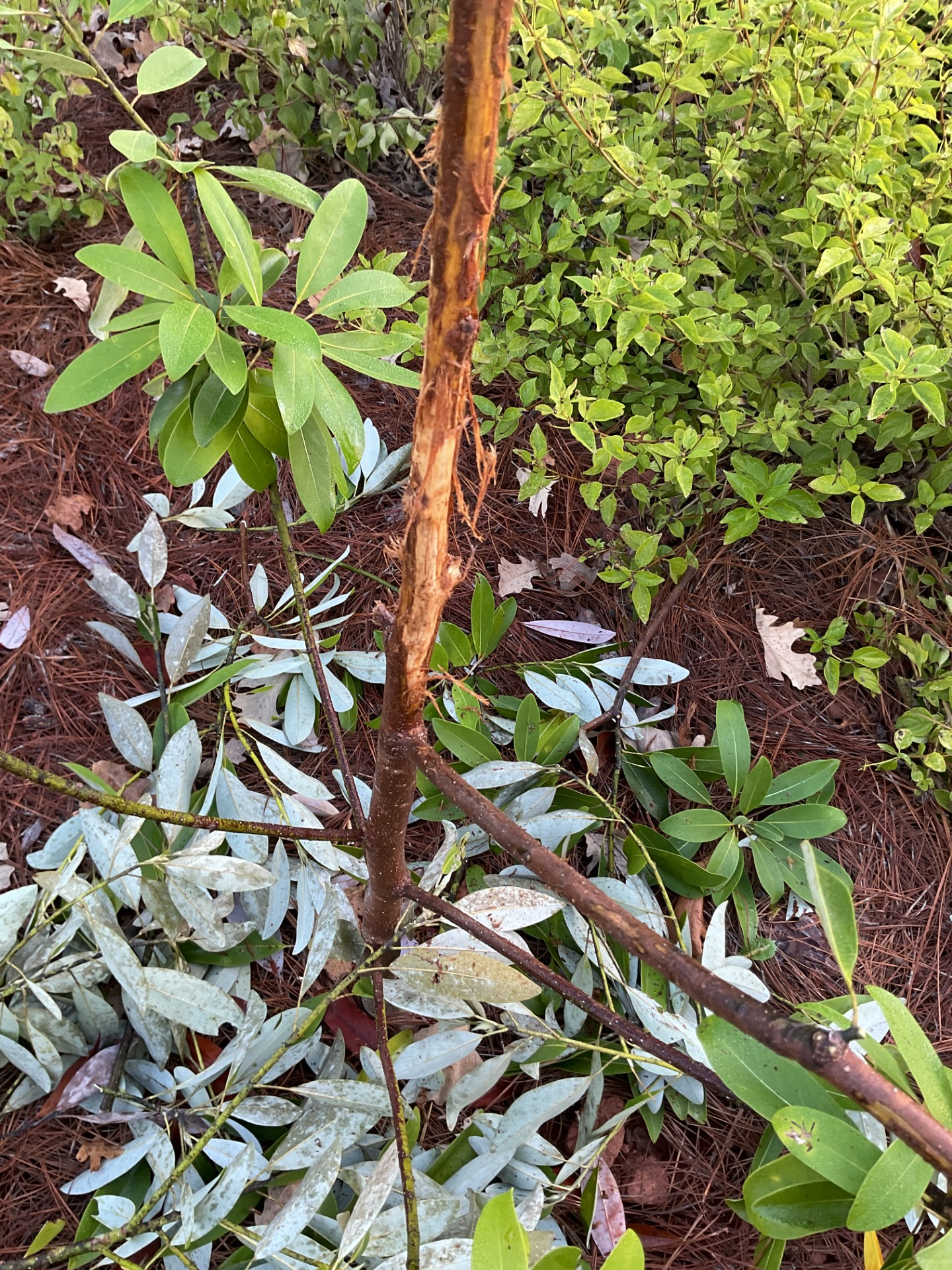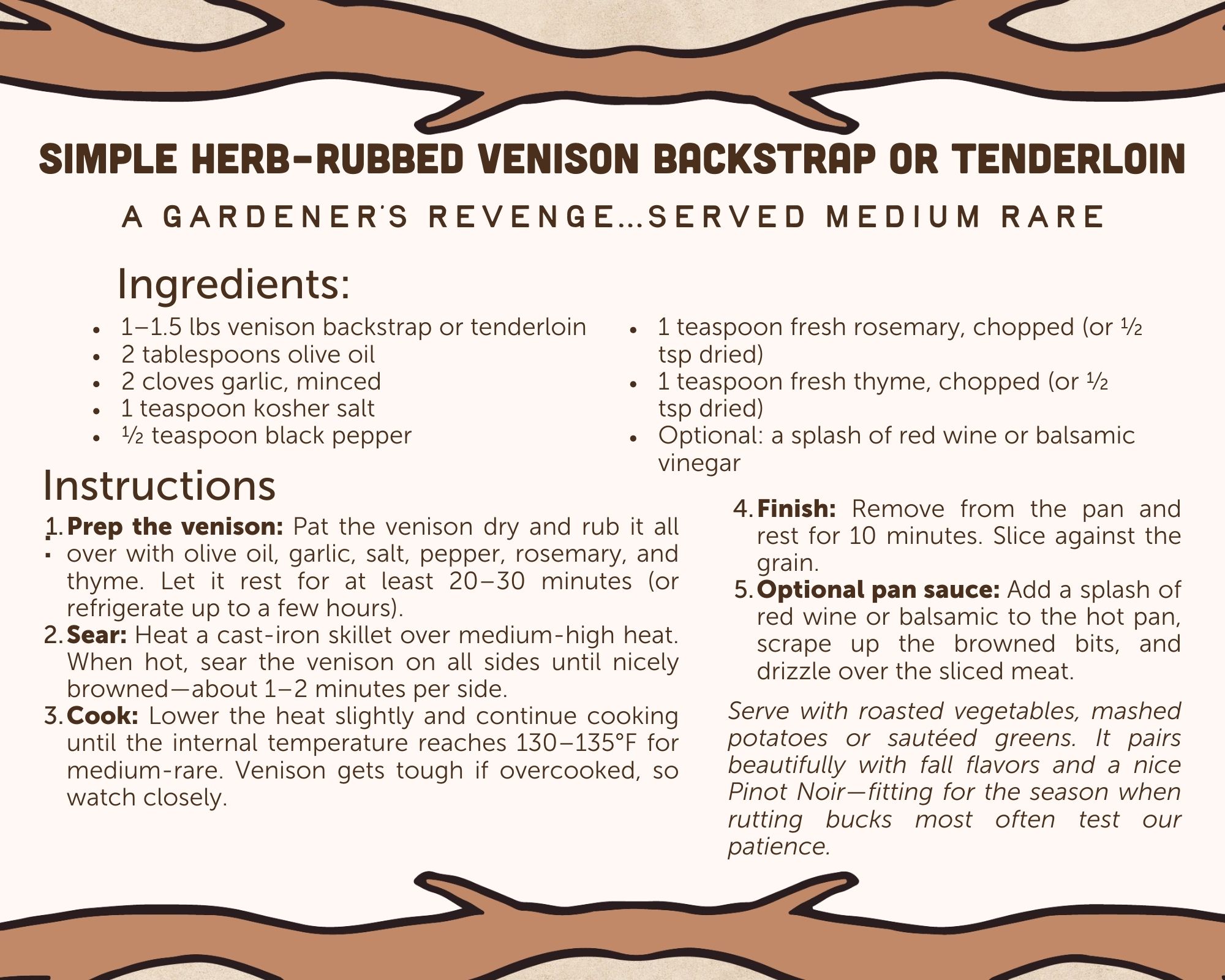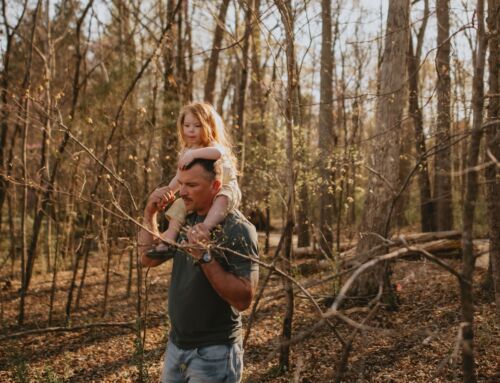If I had a dollar for every story I've heard about deer eating hostas, tulips, pansies—or honestly, most perennials or annuals—I'd be a very wealthy woman. After many years in this profession, I've heard it all, and the tales of deer devouring beloved plants never stop. As gardeners, it's both heartbreaking and infuriating.
And while I do have sympathy for these beautiful creatures who continue to lose habitat due to ongoing development, that sympathy is fleeting. Stowe's roughly 20 acres of cultivated gardens are wrapped in thousands of dollars' worth of deer fencing, yet the battle persists. No matter what we do, a few always find a way in—a gate is left open, they slip under the fence or simply push their way through it. The old adage seems painfully true: where there's a will, there's a way.

Our horticulture team recently refreshed our unfenced front entrance, and when selecting the plants, I poured over every reputable deer-resistant plant list I could find. NC State—check. Clemson—check. You name it, I checked it. Here’s the list from Clemson to give you some ideas. The knowledgeable professionals who compile these lists have wisely learned to label plants as resistant, not deer-proof. Because truly, nothing is deer-proof.
After planting the front entrance in August, I checked the new additions religiously for any signs of deer damage. After a couple of weeks, I finally breathed a sigh of relief. That is, until one fateful morning in November when I drove through the entrance and was literally stopped in my tracks. The deer hadn't touched a single perennial or shrub—but they had discovered our newly planted Magnolia virginiana (Sweetbay Magnolia). Four of the ten trees had been stripped of nearly all their branches and foliage, the debris scattered in a neat little ring at each trunk, completely uneaten. My heart sank as the realization hit me: I'd completely forgotten about the behavior of male deer preparing for rutting season.

Tree Damaged by Rutting Deer
What is rutting season, you ask?
Each fall, male deer enter the rut—a period of heightened activity driven by the urge to compete for mates. As part of this preparation, bucks rub their antlers vigorously against small trees and shrubs. They do this to shed the soft, velvety layer (called felt) that covers their antlers throughout the summer. Once the velvet is removed, the antlers harden, allowing the deer to spar with other males. Unfortunately for gardeners, young trees are often the innocent victims of this ritual. A determined buck can strip bark, snap branches, and disfigure—or even kill—a small tree in a single night.
So how do you prevent this kind of damage? Some repellant sprays—while undeniably foul-smelling—need to be reapplied frequently to remain effective. When it comes to young trees, however, the most reliable protection is physical: wrapping the trunk in sturdy caging or using tree guards. It may not be the most attractive solution, but it works.
Save the sprays for your perennials and annuals, or consider planting highly deer-resistant options—such as alliums or members of the mint family—along the outer edge of your beds to create a natural buffer.
Despite our best efforts, living and gardening alongside wildlife will always require a mix of patience, persistence, and a sense of humor. Deer will be deer, and sometimes all we can do is protect what we plant, choose wisely, and accept that nature doesn't always respect our garden plans. But with the right strategies—and a willingness to adapt—we can still create beautiful, resilient landscapes that thrive in spite of our hungry neighbors.
And if you ever need a little culinary consolation after discovering fresh deer damage… well, here's one way to turn frustration into dinner.
Because if the deer insist on dining in your garden, it's only fair you occasionally return the favor.






